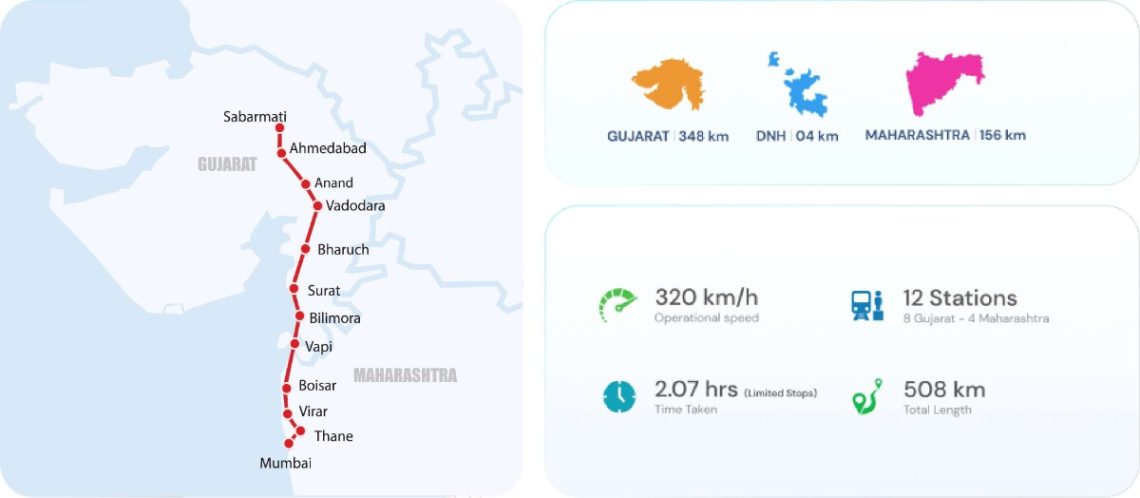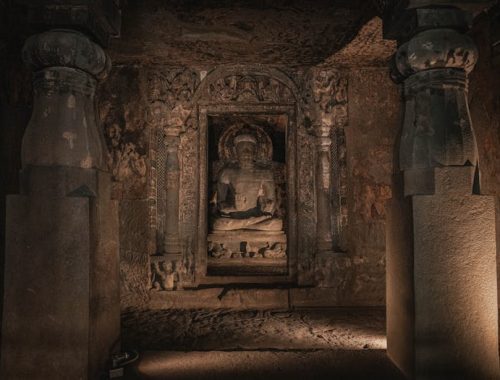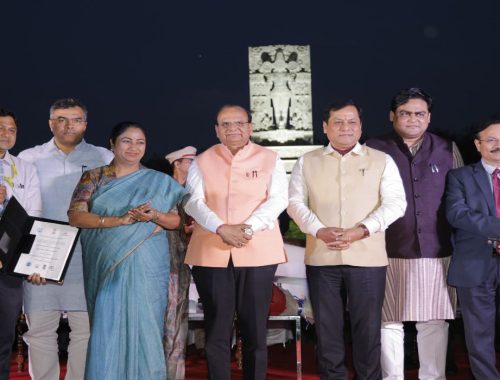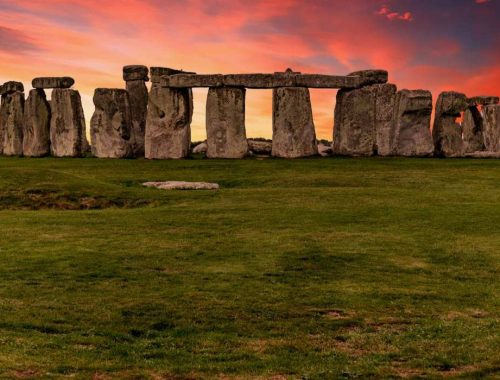
India’s First Bullet Train Nearing Launch: Mumbai to Ahmedabad in Just 2 Hours
India is about to enter a new era of travel with its first bullet train connecting Mumbai and Ahmedabad. The Mumbai-Ahmedabad High-Speed Rail (MAHSR) project is one of the country’s most ambitious infrastructure developments. Once completed, it will reduce the travel time between Mumbai and Ahmedabad to just 2 hours and 7 minutes, compared to the current 5 to 6 hours by train.
This project is not just about speed; it is about economic growth, advanced technology, and global partnerships. Backed by Japanese Shinkansen technology and supported by a soft loan from JICA (Japan International Cooperation Agency), the bullet train will redefine intercity travel in India.
In this blog, we cover all the key updates, timelines, benefits, and why this project matters for India’s future. Keep reading!
Overview of the Mumbai-Ahmedabad Bullet Train Project
The Mumbai-Ahmedabad Bullet Train will operate on a dedicated high-speed rail corridor spanning 508 kilometers. It will use E5 Shinkansen train sets, the same technology used in Japan’s highly successful bullet train system. The train will run at a top speed of 320 km/h.
| Feature | Information |
|---|---|
| Corridor Length | 508 kilometers |
| Top Speed | 320 km/h |
| Travel Time | 2 hours 7 minutes |
| Number of Stations | 12 |
| First Trial Run | FY 2026–27 |
| Segment Launch (Gujarat) | December 2027 |
| Full Corridor Launch | December 2029 |
| Rolling Stock | E5 Shinkansen, E10 Shinkansen (future) |
| Estimated Cost | ₹1.08 to ₹1.1 lakh crore |
| Funding | 81% by JICA, rest by Indian government |
Mumbai-Ahmedabad Bullet Train Route Map and Station List
The bullet train will connect Mumbai (Bandra Kurla Complex) to Ahmedabad (Sabarmati), passing through major urban and industrial zones in both Maharashtra and Gujarat.
List of the 12 Stations:
- Bandra Kurla Complex (Mumbai)
- Thane
- Virar
- Boisar
- Vapi
- Bilimora
- Surat
- Bharuch
- Vadodara
- Anand
- Ahmedabad
- Sabarmati
Each station is strategically located to serve key population and business hubs. This route will also connect growing regions that are expected to become economic zones in the coming years.
Mumbai-Ahmedabad Bullet Train: Construction Progress and Milestones
The bullet train project is being executed by the National High-Speed Rail Corporation Limited (NHSRCL). Despite delays due to land acquisition and environmental permissions in Maharashtra, the overall progress is commendable.
Key Construction Updates:
- Over 310 kilometers of viaducts (elevated tracks) have been completed.
- 100-meter steel bridge constructed over the Dedicated Freight Corridor near Bharuch under the ‘Make in India’ initiative.
- Undersea tunnel construction is underway near Thane. This tunnel will be 21 kilometers long, including a 7-kilometer stretch under the sea.
- Mumbai’s BKC station is being built 32.5 meters underground. It is designed to handle future skyscrapers above it.
- 5 stations fully completed and 3 more in the final stages of construction.
- Over 329 kilometers of girders have been cast and 308 kilometers launched.
- Record funding and expenditure with over ₹78,000 crore already utilized.
These figures highlight that the project is advancing steadily despite initial hurdles.
Mumbai-Ahmedabad Bullet Train: Technology and Rolling Stock
The project will initially use E5 Series Shinkansen trains imported from Japan. These trains are known for their safety, speed, and energy efficiency.
India is also planning to introduce the E10 Shinkansen in the future. These upgraded train sets will be adapted to Indian conditions and are expected by 2030.
The government also plans to localize train production, boosting manufacturing under the Make in India program. This will also reduce costs and create jobs in the long term.
Mumbai-Ahmedabad Bullet Train: Timeline and Trial Run
- The first trial run is expected by FY 2026–27, likely between Surat and Bilimora.
- The Gujarat section (from Vapi to Sabarmati) is expected to be operational by December 2027.
- The entire Mumbai-Ahmedabad corridor is expected to be complete and fully functional by December 2029.
The trial phase will help test the infrastructure, speed, safety, and technology integration before the full public launch.
Mumbai-Ahmedabad Bullet Train: Funding and Project Cost
The total cost of the Mumbai-Ahmedabad Bullet Train project is estimated between ₹1.08 lakh crore to ₹1.1 lakh crore.
Funding Breakdown:
- 81% funded by JICA through a low-interest loan
- 15% by Indian Railways
- 4% by Maharashtra and Gujarat governments
The JICA loan will be repaid over 50 years, with a 15-year grace period, ensuring minimal immediate financial burden.
Mumbai-Ahmedabad Bullet Train: Economic and Social Benefits
1. Faster Intercity Travel
Travel between Mumbai and Ahmedabad will be reduced to just 2 hours and 7 minutes, improving connectivity for professionals, students, and tourists.
2. Economic Boost
The bullet train will turn stations into transit-oriented development zones. This means more real estate projects, commercial offices, retail zones, and job opportunities around each station.
3. Boost to Manufacturing and Jobs
With plans to manufacture trains locally, the project is expected to generate thousands of jobs in engineering, construction, maintenance, and operations.
4. Sustainable Transport
Being an electric high-speed rail, the bullet train will reduce carbon emissions, cut down road congestion, and lower dependence on air travel.
5. Safer Travel Option
The Shinkansen is known for its zero-accident record in Japan. With similar technology, India can expect improved safety standards in rail travel.
Future of High-Speed Rail in India
The success of the Mumbai-Ahmedabad Bullet Train will pave the way for more high-speed rail corridors across India. Future routes being considered include:
- Delhi to Varanasi
- Delhi to Amritsar
- Mumbai to Nagpur
- Chennai to Bengaluru
These corridors will bring faster, safer, and greener transport to millions of Indians.
Takeaway
The Mumbai-Ahmedabad Bullet Train is a symbol of progress. With modern technology, faster travel times, and massive economic potential, it will transform how India travels between cities.
From cutting-edge engineering to global partnerships, this project sets the foundation for a new India. As we await the trial runs and full launch, the bullet train remains a project to watch in India’s development story.
Frequently Asked Questions (FAQs)
Q1: When will the Mumbai-Ahmedabad bullet train start?
The first segment in Gujarat is expected to launch by December 2027. The full corridor will be operational by December 2029.
Q2: What is the top speed of the Mumbai-Ahmedabad bullet train?
The train will run at a top speed of 320 km/h using Shinkansen technology.
Q3: How many stations are there on the bullet train route?
There are 12 stations between Mumbai and Ahmedabad, including major stops like Surat, Vadodara, and Sabarmati.
Q4: What is the cost of the Mumbai-Ahmedabad bullet train project?
The total cost is estimated between ₹1.08 to ₹1.1 lakh crore, with 81% funded by JICA.
Q5: Which trains will be used for the bullet train project?
Initially, E5 Shinkansen trains will be used. Later, India may introduce E10 Shinkansen trains adapted to Indian conditions.
(Featured image taken from nhsrcl.in)
Khushi Jha
I am Khushi Jha, a proud alumna of Delhi University with a degree in History and Political Science. My fascination with the events that have shaped our world drives me every day. Currently, I am pursuing my Master’s in History, diving even deeper into global dynamics and the incredible heritage of India. I firmly believe that India's rich heritage deserves wider recognition. I strive to bring its stories to the forefront, ensuring they are celebrated and acknowledged on a global stage. I have written extensively across various niches, including fashion, health, lifestyle, real estate, hospitality, amongst others. In my free time, you’ll find me immersed in books, both fiction and non-fiction, or simply enjoying some much-needed rest.
You May Also Like

20 Must-Visit Caves in India for History and Culture Lovers
July 19, 2025
Delhi Launches Solar-Powered River Cruises on Yamuna to Reduce Traffic and Boost Tourism
March 15, 2025


